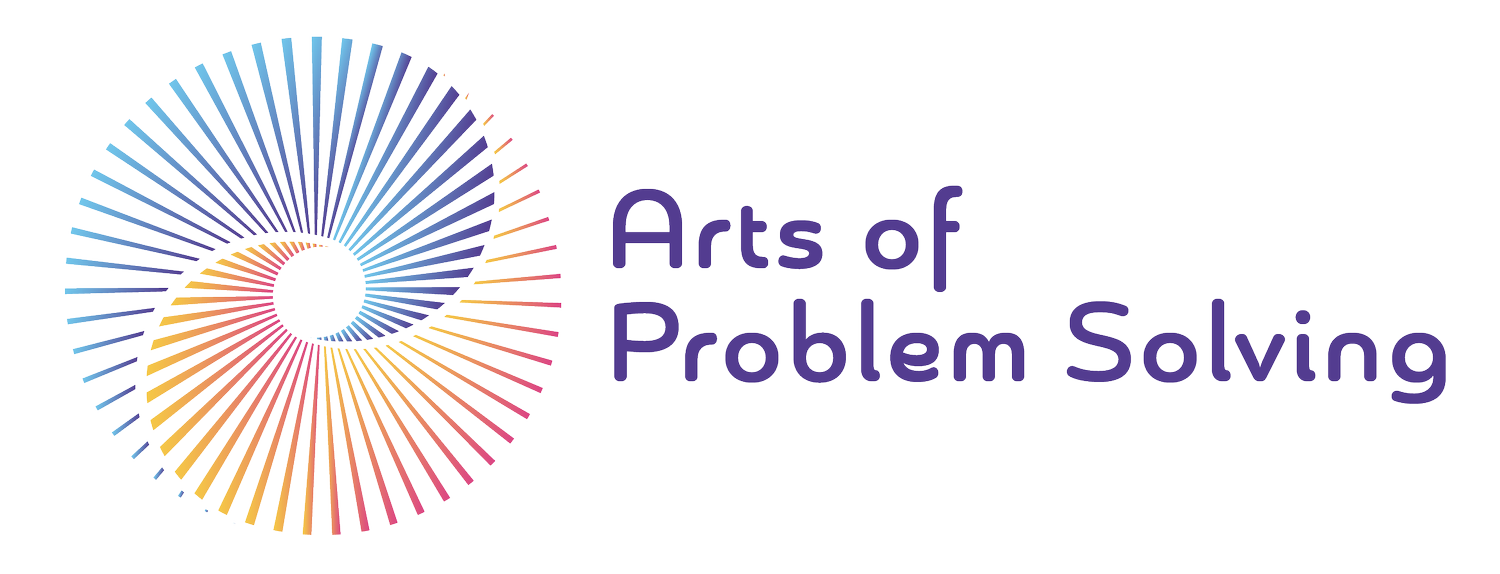
The AOPS Approach
The Arts of Problem Solving
Organizations operating at the edge of complexity need more than frameworks—they need the ability to recognize patterns across contexts, adapt solutions in real-time, and create lasting capability rather than temporary fixes.
AOPS emerged from decades of work at the intersection of transformation and execution, where we discovered that the most elegant solutions often come from unexpected places: how emergency rooms manage chaos, how journalists verify truth, how natural systems create resilience through diversity.
Pattern Recognition Across Boundaries
The challenge plaguing your financial services firm might share deep structural similarities with hospital patient flow, while your technology adoption barriers could mirror patterns we've seen in federal agency transformations. This cross-industry intelligence allows us to bring fresh perspectives precisely where conventional wisdom has stalled.
Consider how a major bank struggling with customer onboarding complexity found breakthrough insights in medical triage systems, reducing processing time dramatically while improving accuracy, not necessarily through new technology, but through reimagined flow patterns of people, information and process.
Innovation as System, Not Event
Most organizations constrain innovation to product development, missing the transformative potential of reimagining their profit models, network relationships, service delivery, and customer engagement systems. Using frameworks like the Ten Types of Innovation, we help organizations discover value creation opportunities hiding in plain sight.
This systematic approach to innovation moves beyond brainstorming sessions to create sustainable capability: the difference between having innovative moments and becoming an innovative organization.
Cultural Architecture for Adaptive Organizations
Culture operates as your organization's core operating system, determining which solutions will thrive and which will wither regardless of their technical merit. We approach cultural transformation as an architectural challenge, designing the structures, practices, and feedback loops that shape behavior, individually and collectively at scale.
Through our Cultural Cartography framework and other techniques form our expansive playbook, we help organizations evolve from disparate activities to genuine co-creation, building the adaptive capacity that complex environments demand.
Human-Centered Technology Integration
As Generative AI and digital transformation reshape every industry, success belongs to organizations that amplify human capabilities rather than attempting to replace them. Our cybersecurity VR initiative exemplifies this approach: transforming compliance training into immersive experience where participants develop instinctive security behaviors through lived experiences and felt consequences.




